
#15 in my ranking of the Showa Era Godzilla films.
The success of any of these Showa-Era Godzilla films (really the whole kaiju genre) seems to hinge on three major things: the dedication to the human story, some kind of connection between the human story and the monster action, and then the quality of the monster action. It’s a very simple mix without much demand for grand themes or involving characters. Most of these things are simply procedurals where professional people try to figure out solutions to the central problem of giant monsters smashing Japanese cities. What happens when the human-sized drama is underwhelming, barely has a connection to any of the monster action, and the monster action is alternatively wholly lifted from previous films and generally just not very good? Well, you get Godzilla vs. Megalon.
Underwater nuclear tests off the Alaskan coast cause destruction in the underwater society of Seatopia, developed three million years ago by the last survivors of the lost continents Mu and Lemuria. In response, they decide to destroy the surface dwellers through their sleeping giant monster, Megalon. They also send some agents to capture the robot Jet Jaguar, the creation of Goro Ibuki (Katsuhiko Sasaki). How they know about a private guy building a robot in his basement, what it can do, and how it can control Megalon is, let’s be charitable, unclear. Wait, let’s be uncharitable. It’s nonsense. Anyway, after some back and forth with a first attempt that is unsuccessful, a car chase between Goro’s friend Hiroshi (Yutaka Hayashi) and some Seatopia agents, and a second attempt that captures Jet Jaguar after Goro finishes it.

Now, I will complain about the monster action in a bit, but I have to make note that it’s actually something of a mixed bag. There are good qualities to it, namely around the miniatures, in particular the use of water, in Megalon’s trek across the Japanese countryside towards Tokyo. I’m always entertained by miniature work with an effort, and there’s a bit where Megalon pushes through a dam, breaking the water out, and the water effects are shockingly convincing. It’s all about the speed of the film through the camera (Jun Fukuda and Teruyoshi Nakano got the slow-motion just right) and breaking up the water into as small of droplets as possible. It’s really good. However, that attention to detail (intentional or accidental, it’s honestly hard to say, even considering the hard work that the special effects team put into everything) doesn’t extend through the end of the film, which is deeply unfortunate.

So, Goro manages to get a meeting in the field during a crisis with a general and convinces him to ride in a helicopter to get near Jet Jaguar to use his remote to over-write the commands that the Seatopia agent is feeding the robot from Goro’s homebase computer. As a side note: it’s so adorable that the agent controls Jet Jaguar with individual cardboard punchout cards. 70s computing really does seem like it was a nightmare. Anyway, Goro takes control of Jet Jaguar, sends him to Monster Island to get Godzilla (who finally makes an appearance more than halfway through the film), and then Jet Jaguar gains sentience to fight Megalon on its own. The emperor of Seatopia (Robert Dunham) sends a call to the bug planet reference in Godzilla vs. Gigan to send Gigan, and we have our two-on-two matchup, except it takes forever for Godzilla to actually show up.

As I was watching, I really got the sense that Jet Jaguar was Toho’s attempt to create a film franchise in the vein of the Mirrorman or Ultraman TV series. He’s essentially the main character. He’s definitely the main protagonist monster since Godzilla is essentially relegated to a cameo appearance in the final battle. However, it seems like it was a bit more cynical and shortsighted than that. Toho had a competition to develop a new hero, a young boy won, and Toho had the design rejiggered to make it uglier (causing the boy to cry, apparently). It almost feels like some sort of troll on their part, a way to try and make fun of the whole superhero craze that had just taken over Japanese popular culture, leaving the original giant monster, Godzilla, behind, relegated to minor films made for an annual children’s festival.
So, the most frustrating part of the film’s monster action is the over-reliance on footage from previous films. Mostly, it seems to come from Ghidorah, the Three-Headed Monster, a conscious decision evident by the yellow beams emitting from Megalon’s head, designed to look like the beams from Ghidorah’s mouths, allowing the editing team to use all of the destruction of Tokyo stuff again without having to film anything new with the models. We also get a bunch of reused footage from Godzilla vs. Gigan (probably the reason Gigan was chosen), which then clashes horribly with any new footage because both the new Gigan and Godzilla suits are materially different from the previous movie’s and they simply don’t match, in addition to the change in film stock quality, of course.

None of this would be a major issue if there was entertainment to be had, but the newly filmed stuff is so flat and perfunctory. It really doesn’t help that the story leading up to it has been half-formed, poorly thought out, and not really all that important. And, of course, we get a final few lines about how nuclear testing should stop because bad, which the movie has been unconcerned with while all the robots and monsters have been inelegantly positioned to fight each other.
So, this could be the bottom of the barrel regarding the Showa era. It’s a franchise that has no real reason to exist anymore doing the bare-minimum to just keep going for one more year. The kids will scream when they see Godzilla on screen. They will cheer when he wins. But they won’t remember it in any great detail, and it’ll be forgotten within minutes of them leaving the theater. Still, it’s content.

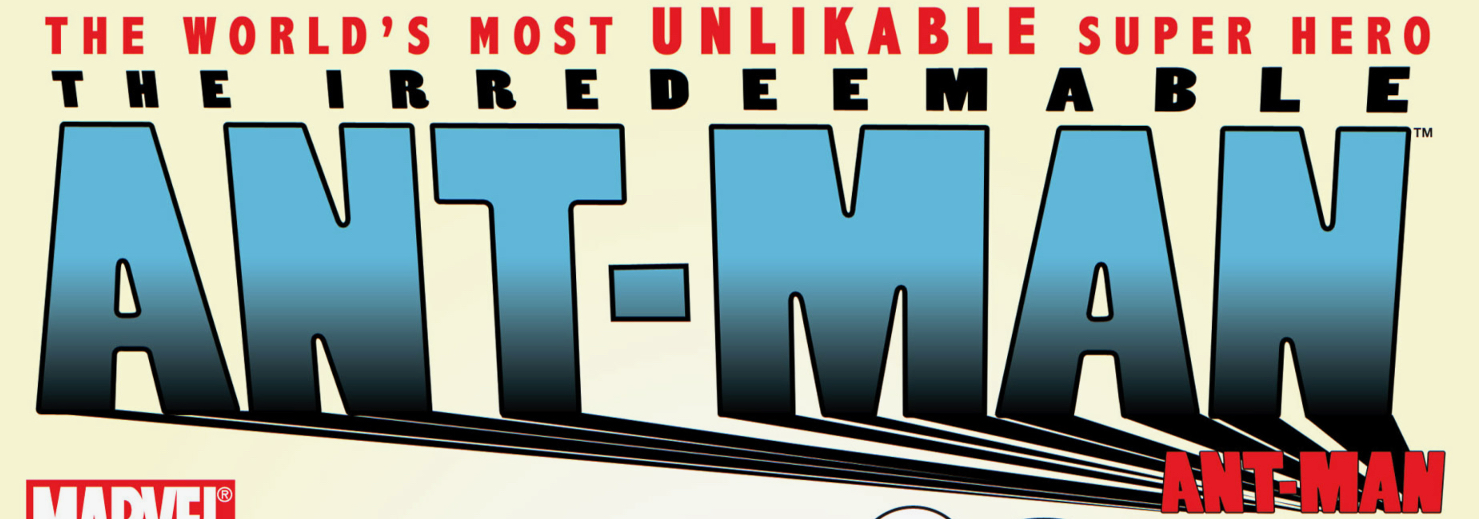







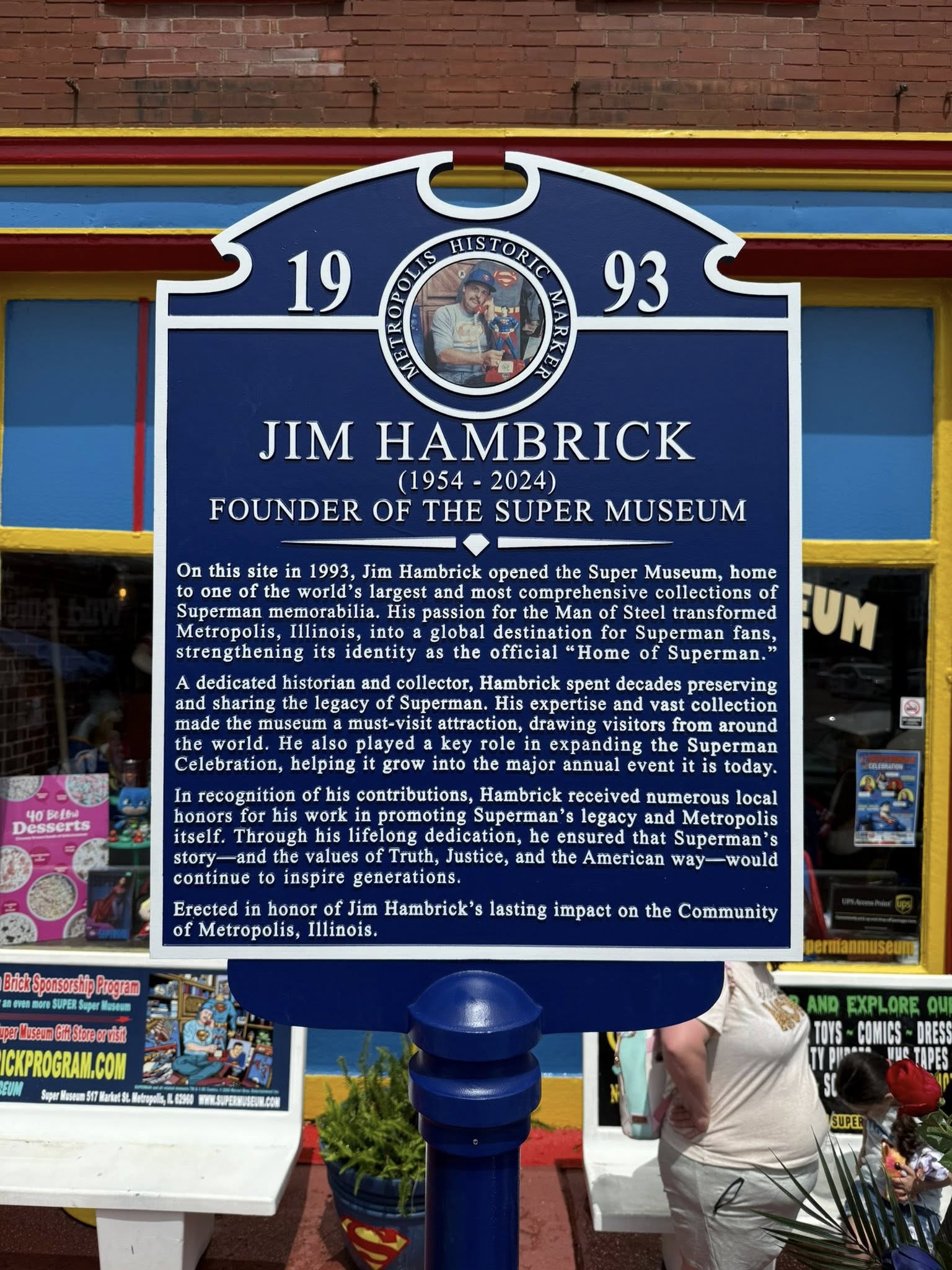


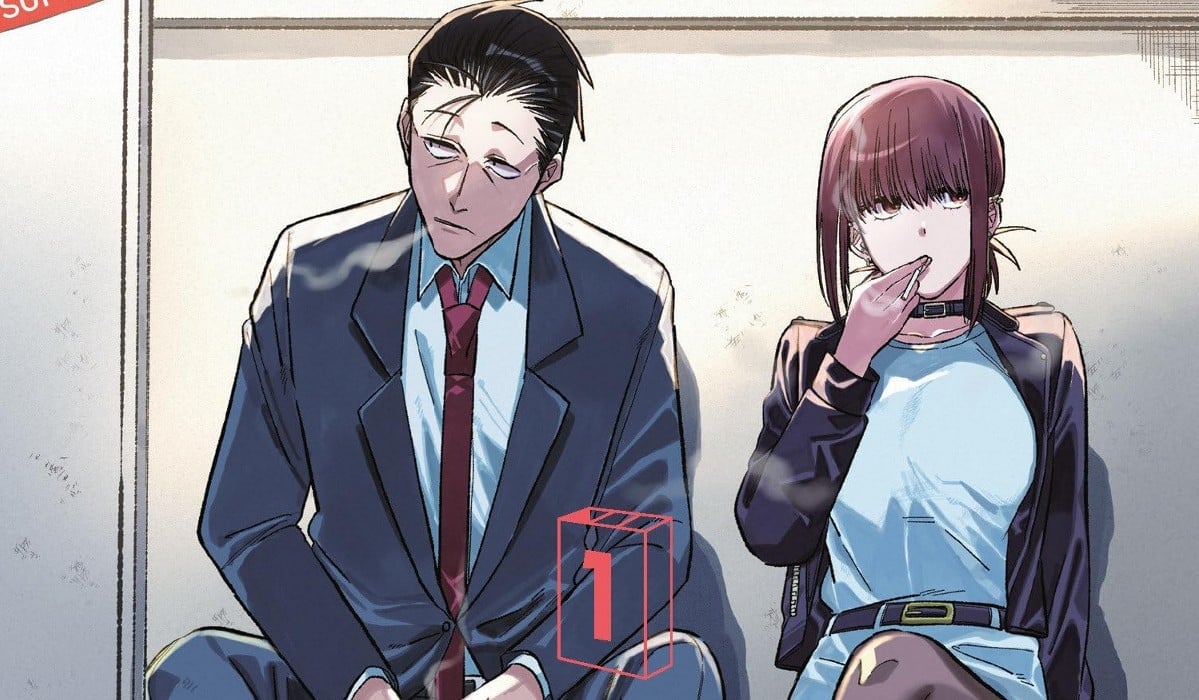


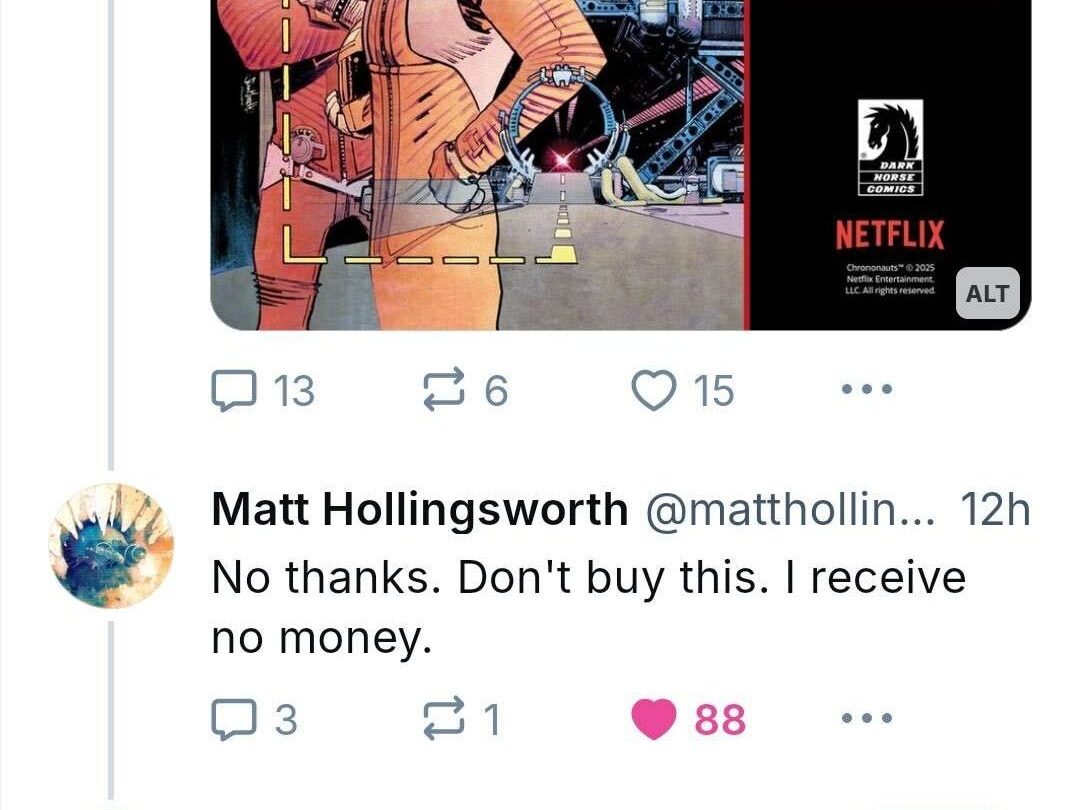


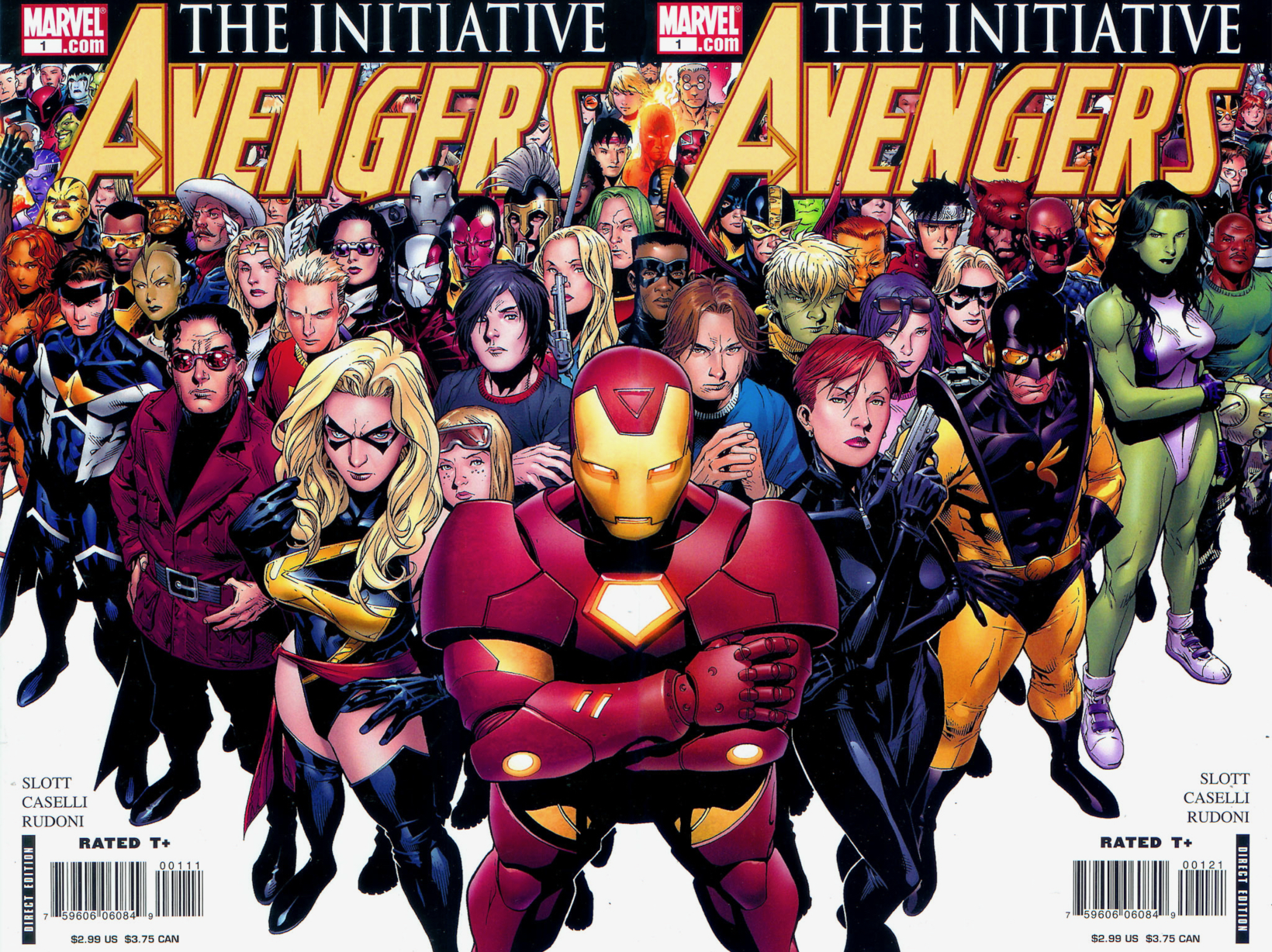
 English (US) ·
English (US) ·